Ten Types of Graphic Design a Professional Should Know
Graphic design is everywhere. From digital screens to print media, we are surrounded with visual images that convey messages. Any visual work that communicates information might be considered a kind of graphic design. So, within the field there are many specializations. Each type of graphic design is meant to serve a distinct purpose.
As a professional, you will likely specialize in one or a few areas of graphic design, but being familiar with its main types will make you a better designer. You’ll be better able to understand and adapt to different project needs, and you will be more marketable as a designer. And if you’re just starting out, knowing about the main types of graphic design might give you clues about which areas you want to master.
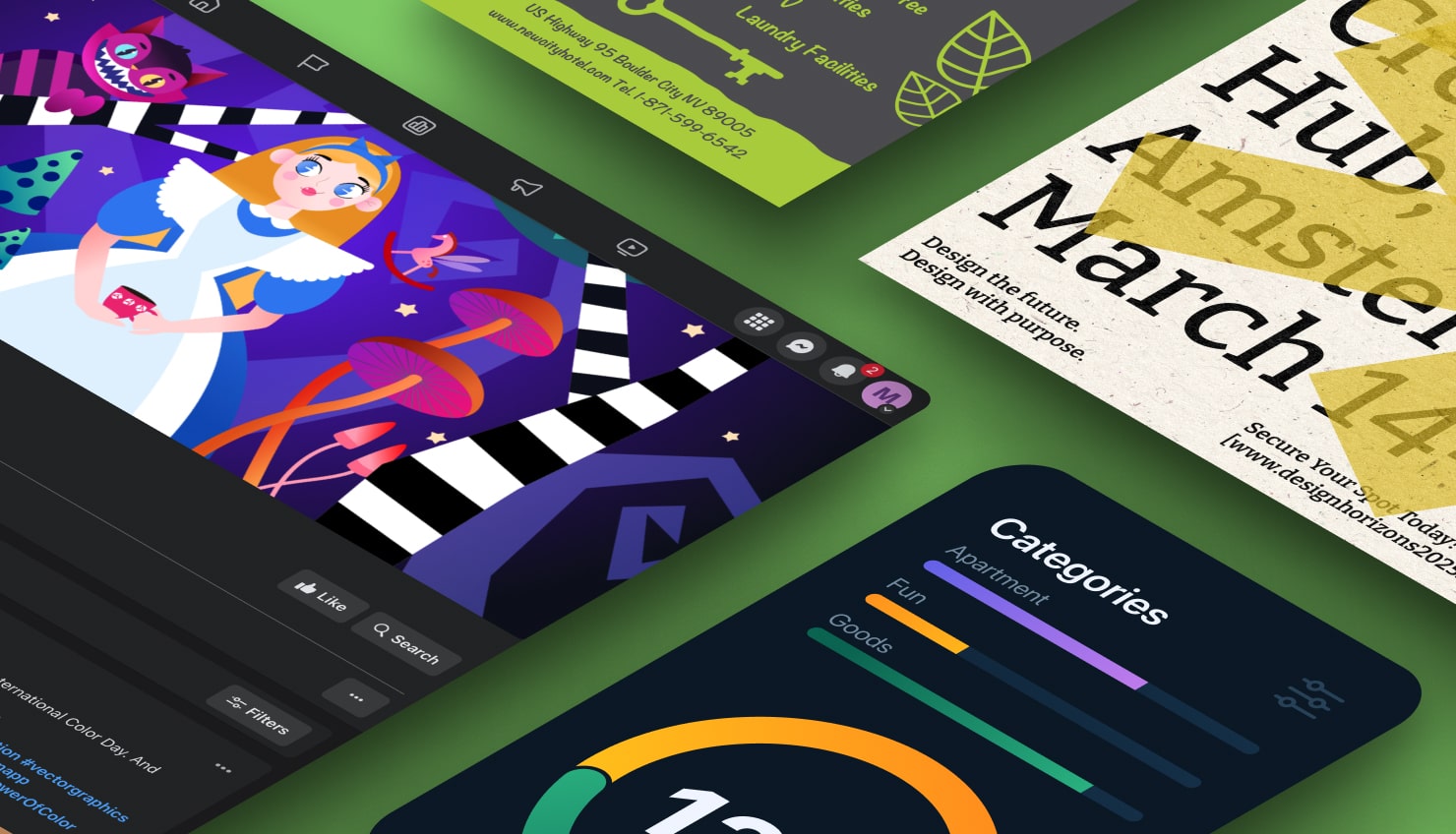
Types of Graphic Design
In this article, we will look at the ten types of graphic design a professional should know. By the end of it you may have a better idea of what specialty would suit your knowledge and skills.We’ve gathered the ten types below, and given a summary of what they mean and where they are used. It’s time to check them out and decide which areas are of the utmost interest for you:
Branding and Visual Identity Design
Branding design, or visual identity, is what a company uses to communicate its values, personality and how its offerings are unique. Branding design includes all the visual parts of the way a brand is represented. Designers who work in this area may spend time creating logos, typography, color palette, images and design elements that all coordinate together to develop a style guide. This guide is typically used by all the teams, to consistently convey an entire experience for a brand.
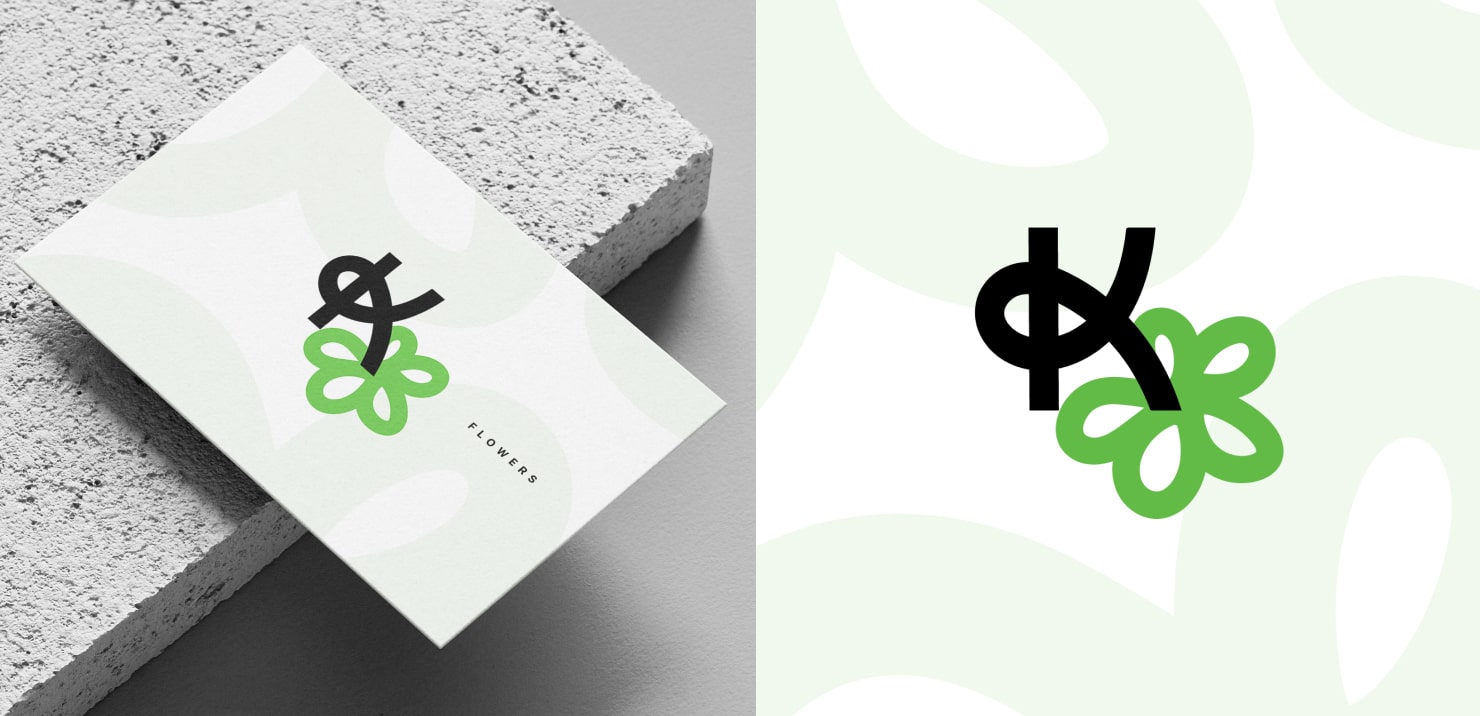
Web and UI Design
Web and UI design involves all the graphic elements in a UI, or user interface, of digital media or a web page. Graphic designers in this field focus on the overall usability and the look and feel of a company’s applications and websites. They will design things like layouts, buttons, banners, and place visual images on web pages.
This specialty involves understanding a lot of practical concepts, like what makes someone want to click a button or scroll further on a page. Web and UI designers also need to understand accessibility, which is making a website usable and functional for all. The focus will be not only on creating striking visuals, but also on optimizing a website for the user’s experience.
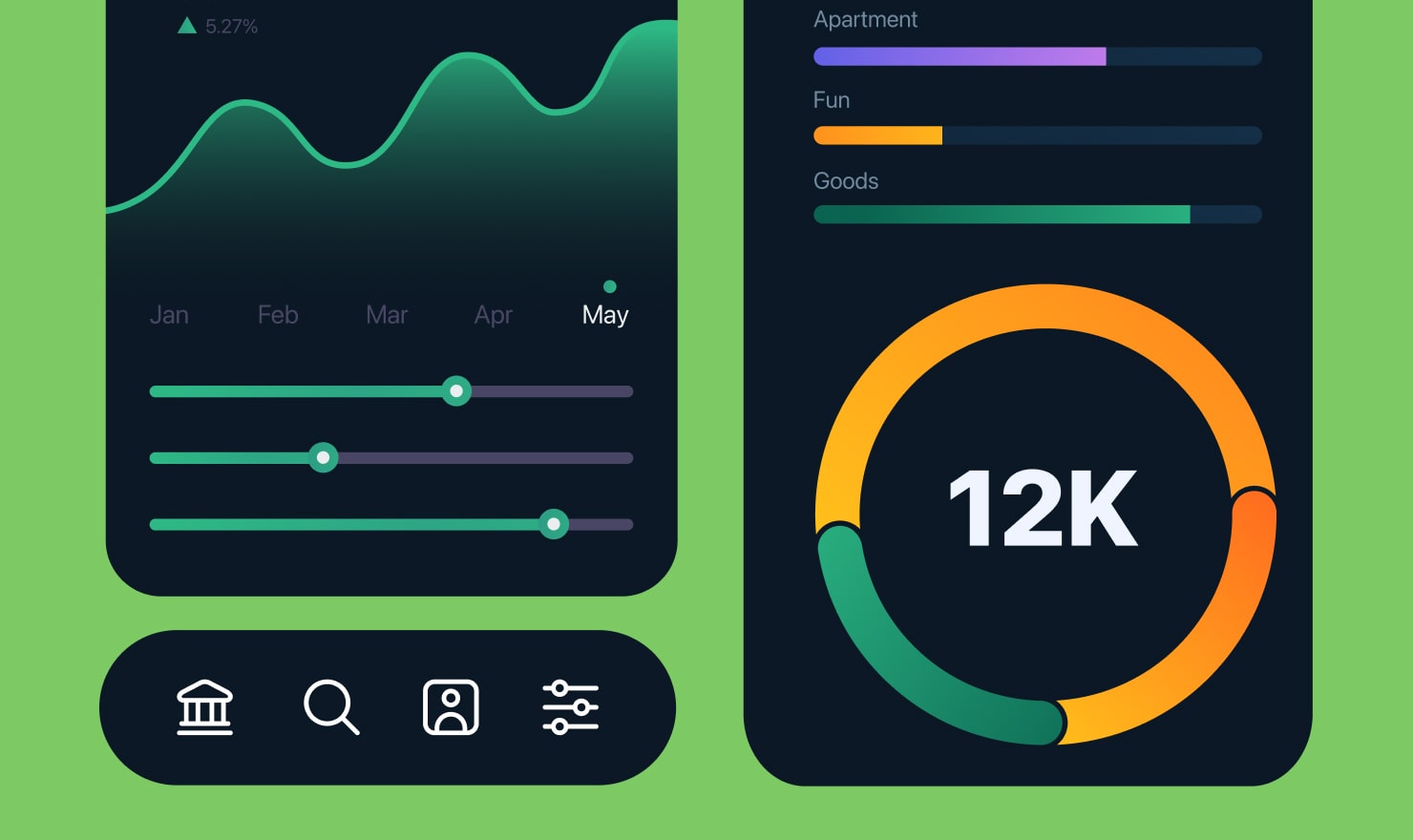
Marketing & Advertising Design
A marketing and advertising graphic designer is responsible for designing promotional pieces. These get to design a wide variety of visuals, like flyers, brochures, social media, packaging, print advertisements, billboards and any other elements that are meant to be a part of the marketing and sales process. Depending on the size of the company, there may be an entire team who works on marketing and advertising design, who would coordinate with the branding designers.
If you enjoy finding unique ways to connect a business with its perfect target audience, marketing and advertising design may be a good fit for you.
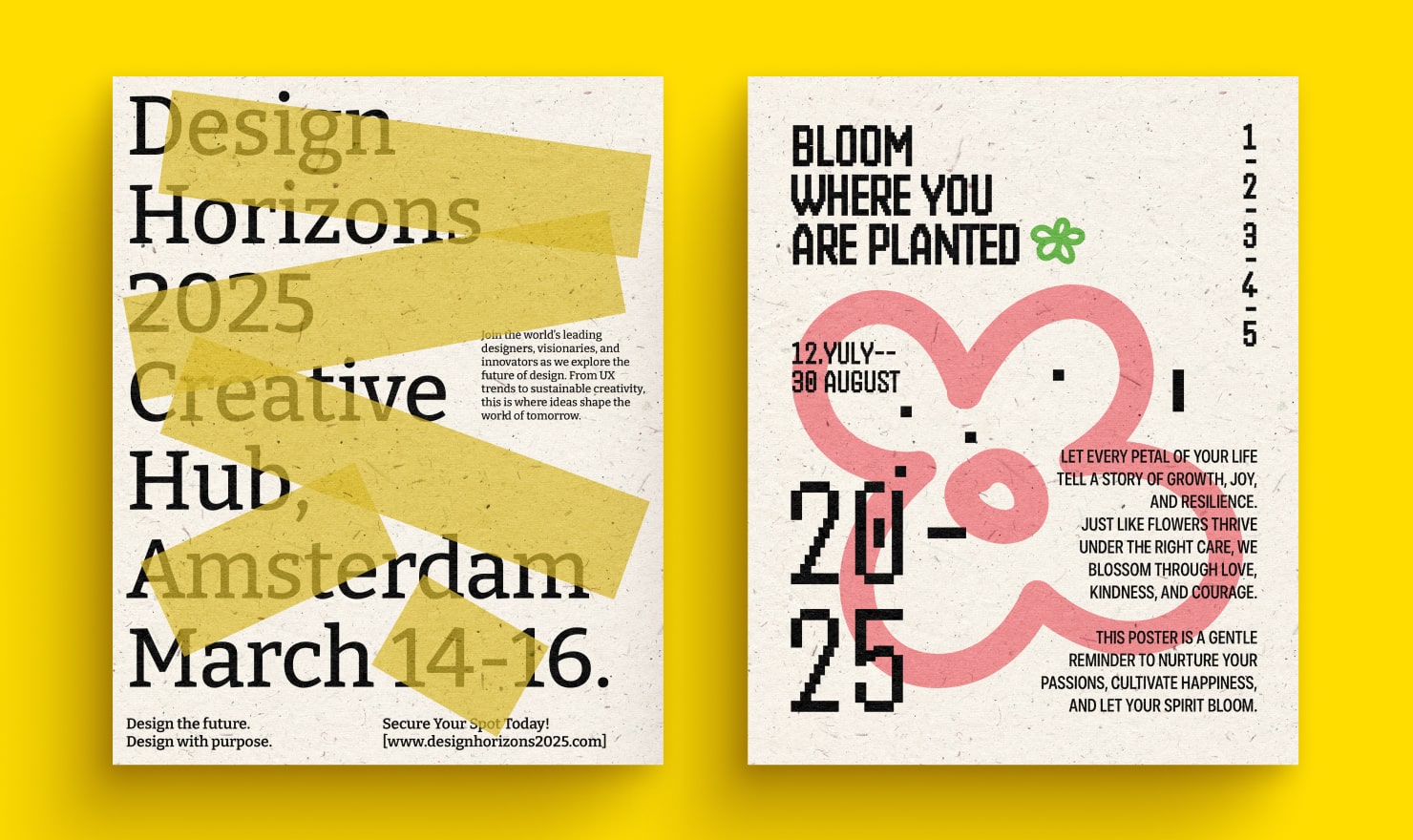
Editorial & Publication Design
Editorial or publication designers work with text-heavy media, like magazines, journals, reports or books. This type of design demands skills in layout and composition for print, as well as for the web. An editorial designer will typically work with a team of editors and content producers, to design pieces that contribute visually to the overall experience of the content a company develops.
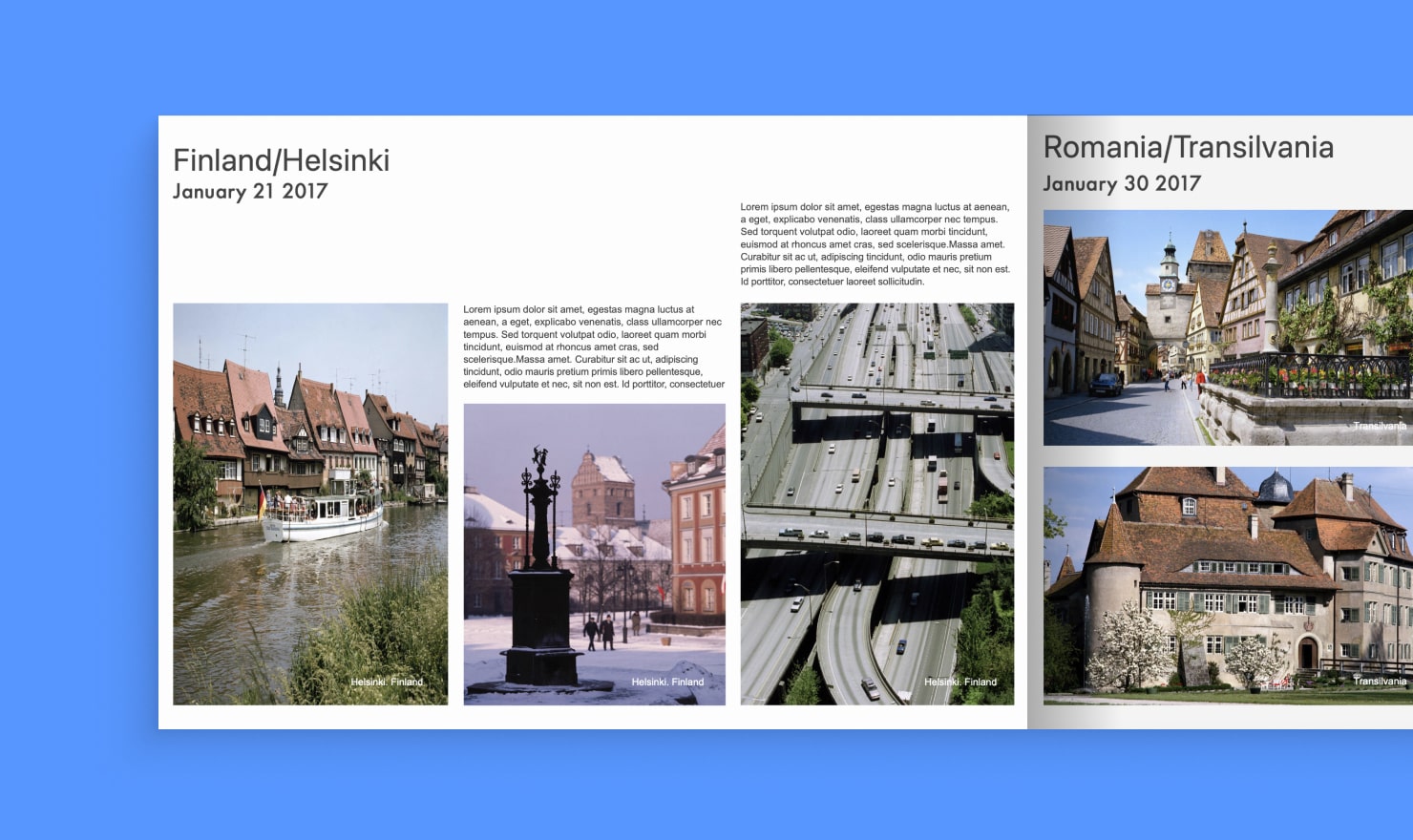
Packaging Design
Packaging designers are one of the specialties that work in 3-dimensional instead of just on a screen on a page. Graphic design of packaging involves the customer experience of unwrapping or opening the contents, as well as practical considerations like protecting the contents. Packaging designers have to be skilled with not only visual design, but also the material composition of different packages in order to select the best kind of design and material for specific cases.

Motion & Animation Design
As video content drives a larger part of consumer activity, companies are placing higher priority on motion and animation design. These graphic designers specialize in telling a story through video. This requires a broad skill set in things like video editing and stopmotion design as well as creative storytelling and animation.
Motion and animation design is more critical than ever now to help capture the attention of audiences through interesting, scroll-stopping videos. If you love combining visuals with a dynamic story, this may be a great field for you to delve into.
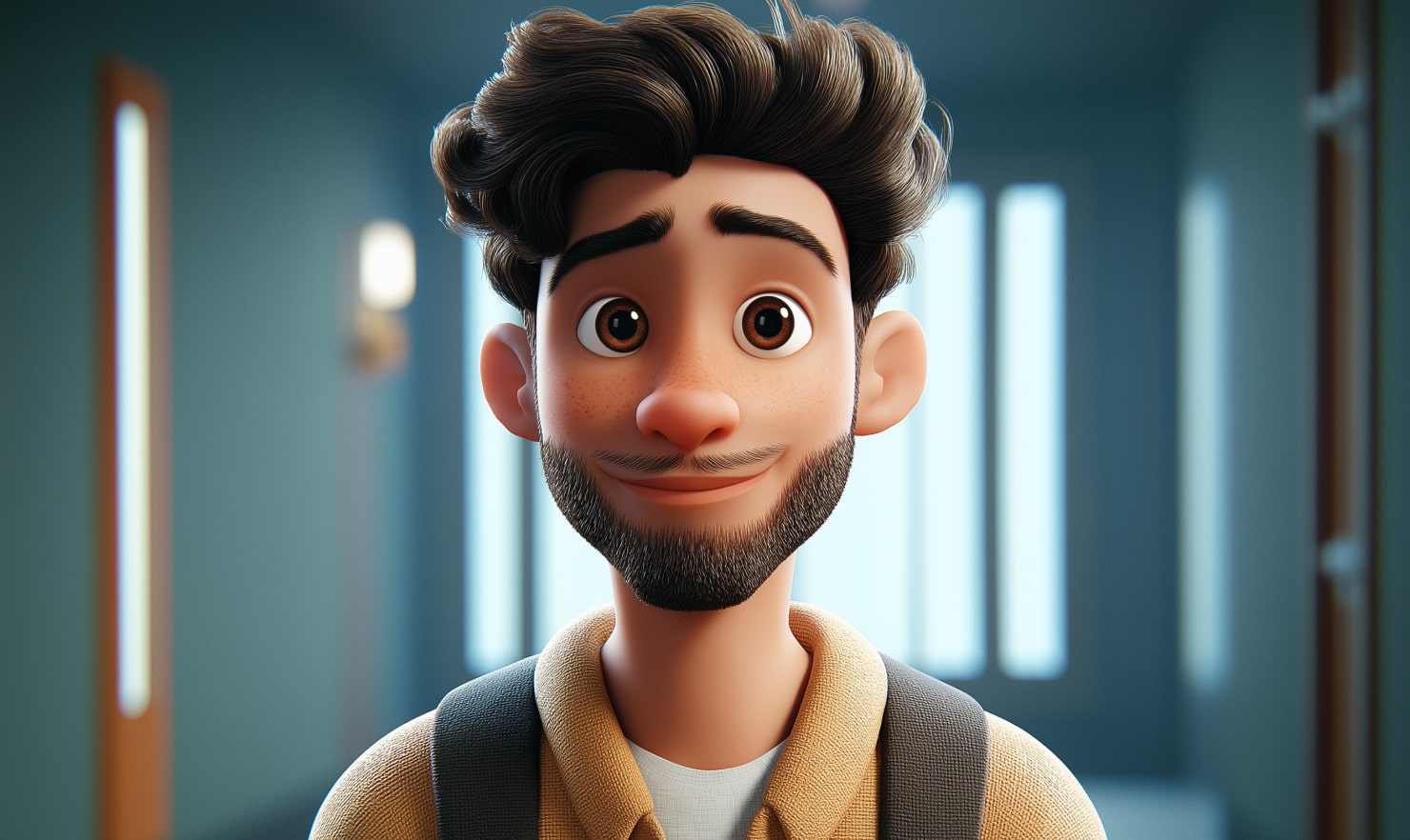
Environmental Design
Environmental design involves graphics that are seen in public, physical spaces. This can mean signage in an airport, hotel or museum, directions in an office building, or visuals in a theater. These designers use artistic skills to create public spaces that are easy for people to find their way around in and to enjoy.
Environmental designers use graphics, color and visual cues that help people understand and navigate their surroundings. If you enjoy architecture and interior design, this may be a fun area to apply your graphic design skills.
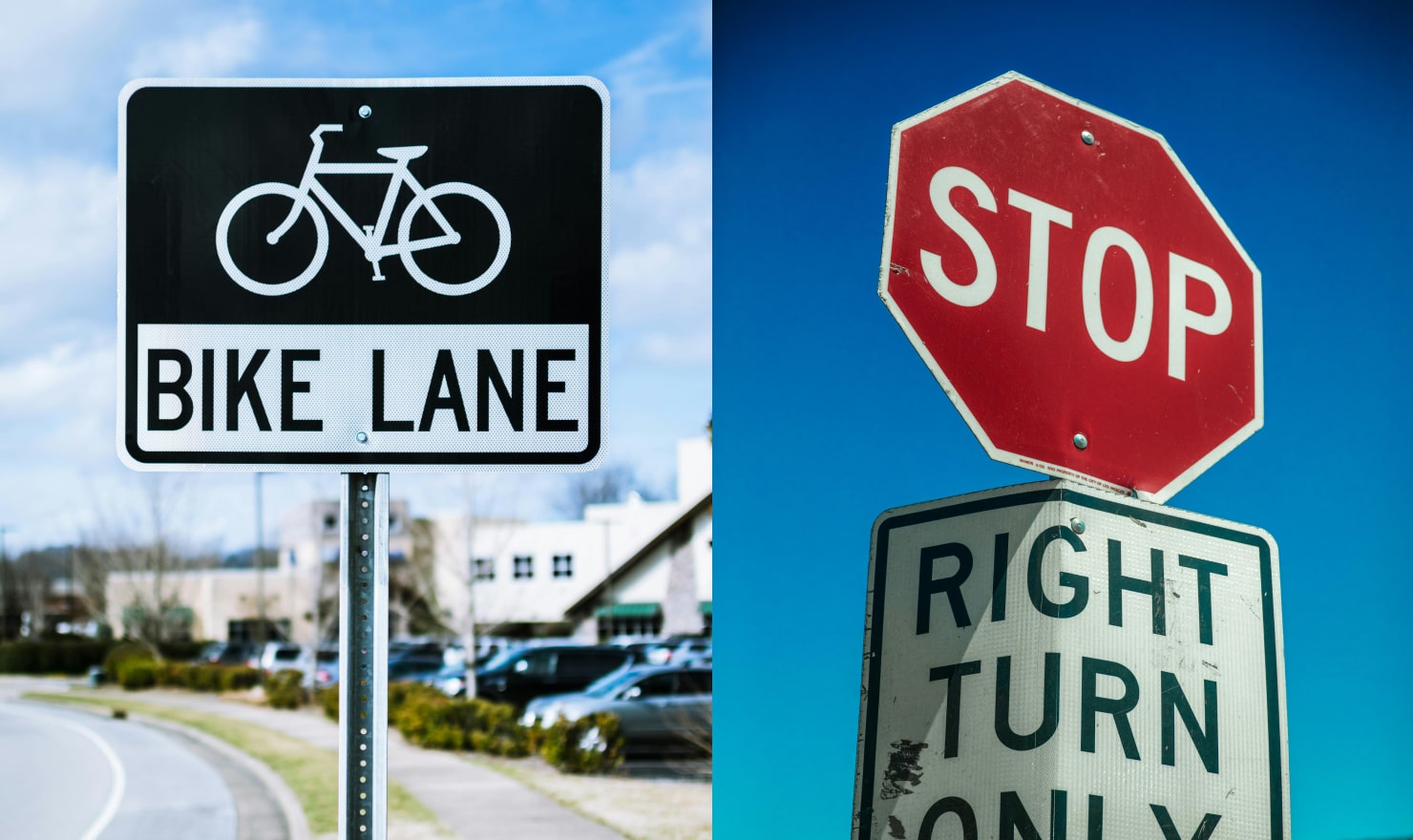
Art & Illustration
Though all graphic designers may create art by hand and illustrate colorful ideas at some point in their career, some go on to make this their specialty. These artists might design things like book covers, storybook characters, game characters, textiles, print invitations or greeting cards. If you enjoy hand drawing, digitally or on paper, the art and illustration design niche may present a lot of opportunities to explore different ways to apply your talents.
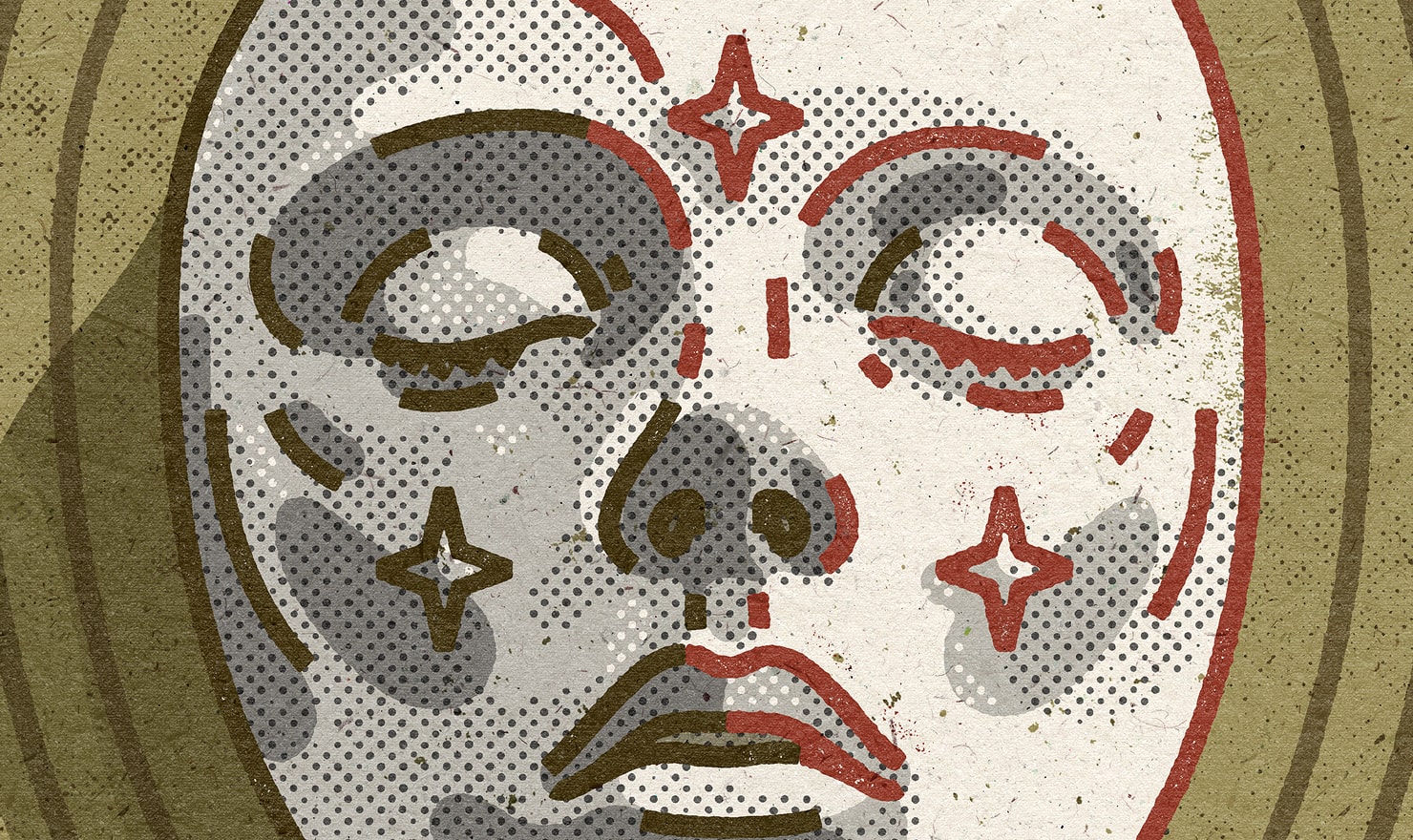
Specialized and Emerging Design (VR, AI, Game, 3D Etc.)
New areas of graphic design have emerged in recent years. We refer to these as specialized and emerging design. This encompasses things like VR (virtual reality), AI (artificial intelligence), game and 3D design. In this field, graphic designers work on immersive digital experiences. Creating video games, or designing environments and scenes for a VR headset game are examples of this kind of work.
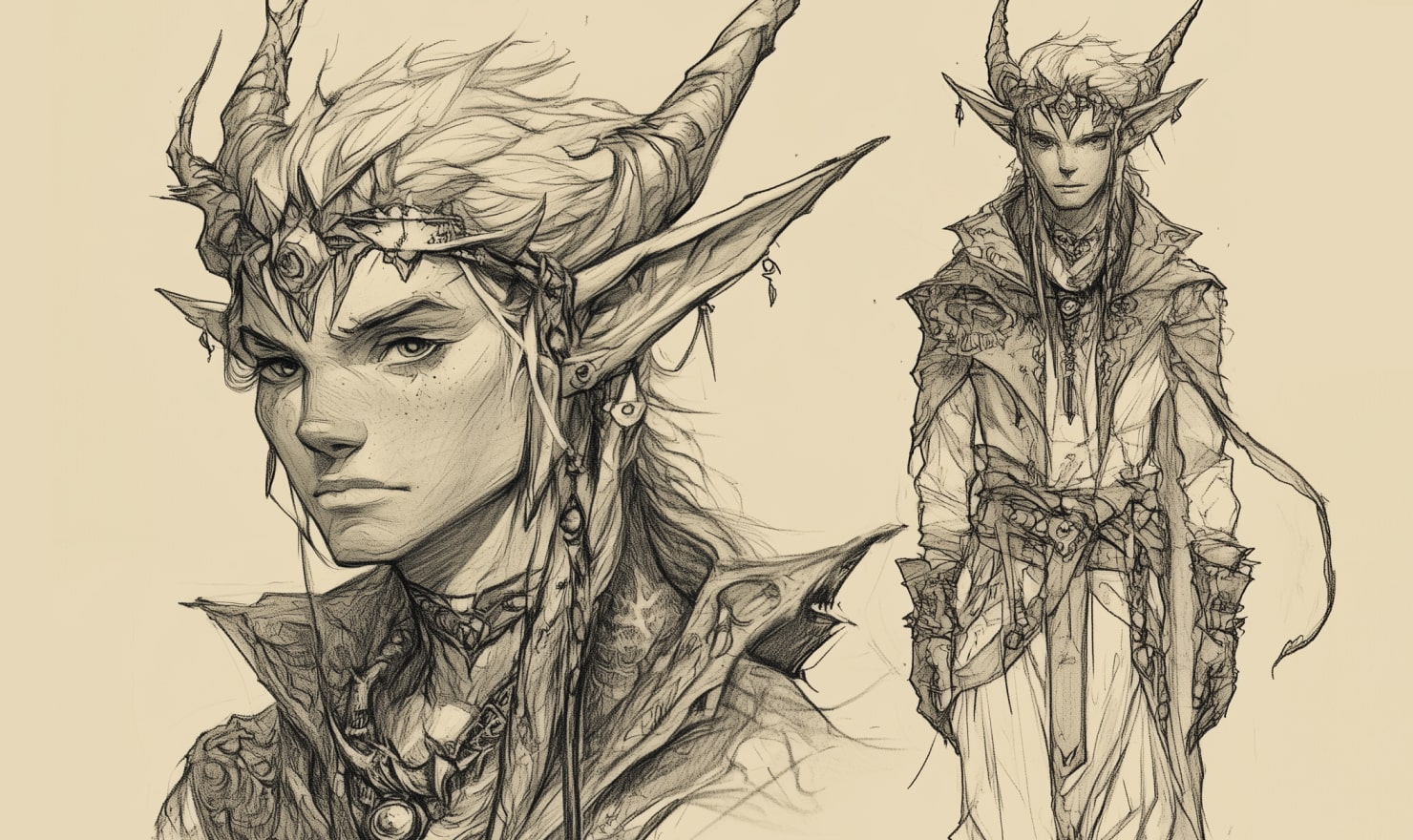
Artificial Intelligence has also become a major force in emerging graphic design fields. Beyond generating images, AI is now used to create and enhance typography graphics, as seen in Art Text, enhance images, automate layout design, and provide designers with inspiration. While AI can speed up the design process and expand creative possibilities, designers still play a crucial role in guiding these tools, refining results, and adding a human touch to the final work.
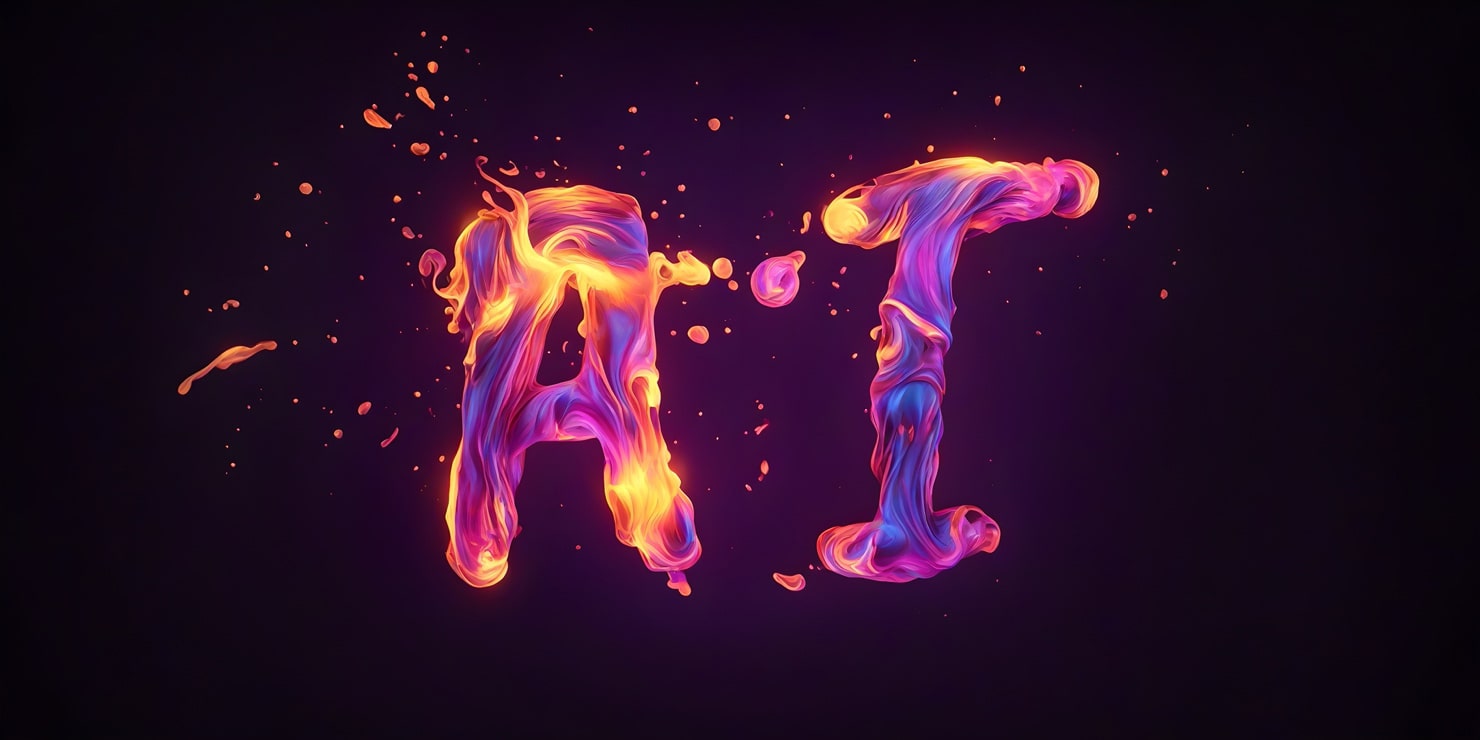
This is a demanding field, since you need solid design skills, but also 3D modelling, animation and often programming skills. VR and game designers must understand principles of user experience, and have the ability to implement complex interactive systems.
If you have advanced technical skills and enjoy challenging, cutting-edge work, this area may be a great fit. No doubt, this field of design will play a huge part in shaping how we interact with our increasingly digital world.
Conclusion: On Finding Your Place in All of It
Graphic design is a vast, creative field that offers a lot of paths to fulfillment for visual artists. Each kind of design, from branding to video or social media has its own challenges and opportunities. As the digital world continues to play a bigger part in the way companies reach customers, the interactive fields of graphic design, like UI and animation design, and emerging design will continue to grow.
But there is still plenty of room for designers who enjoy drawing by hand, designing book covers or beautiful signage. And, there is always a need for graphic designers who want to focus on marketing, branding or creating enjoyable and usable physical environments.
The key to finding your area of focus is to explore and experiment. How do you most enjoy applying your graphic design talents? What kind of stories do you like expressing through your work, and through what media: print, video, digital or 3D?
Through experimenting with different types of design and understanding what you enjoy most, you will find an area that suits your skills and knowledge. It is worth experimenting and delving into the specialties that interest you, to ultimately discover the area where you can make your mark as a unique graphic designer.
Social Media and Content Design
Social media designers are in high demand, as social media has played a bigger part of any company’s marketing efforts. These designers work on graphics for all social media channels of a company, and they ensure consistency with the company’s branding guidelines. Social media or content designers develop graphics for the web that align with the content and brand strategy of a company.
There may be an overlap between marketing designers and social media designers, and in some organizations this may even be the same individual. But no matter the size of the company, this is a growing and in-demand area for graphic design.